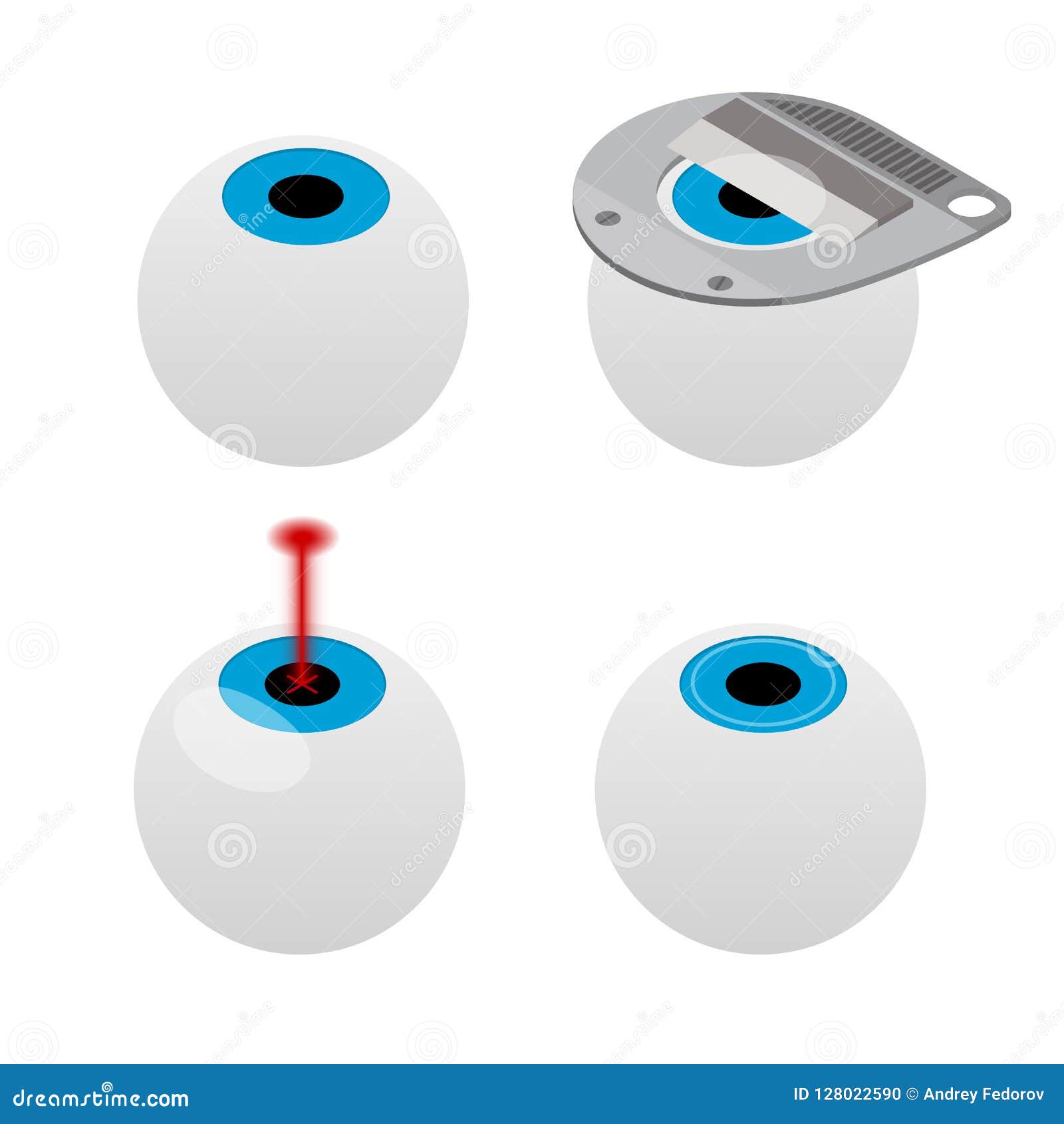An In-Depth Assessment Of Modern Cataract Surgical Procedure Methods
An In-Depth Assessment Of Modern Cataract Surgical Procedure Methods
Blog Article
Author-Gillespie Sanford
As you explore the advancement of innovative cataract surgical treatment methods, you'll witness a journey noted by ingenuity and precision. From ancient techniques that paved the way for modern developments to innovative technologies that are transforming the area, the comprehensive overview of cataract surgical treatment methods is a testament to human progression and commitment to boosting patient results. The elaborate interaction in between historic strategies and futuristic innovations develops an appealing narrative that sheds light on the advancement of one of one of the most typical surgical procedures worldwide.
Historic Strategies and Technologies
Discover just how very early specialists changed cataract treatment by using cutting-edge methods and devices. In the past, cataract surgery was a dangerous and painful treatment. However, old Indian doctors were among the first to try surgical interventions for cataracts, utilizing a technique called 'formulating' where a sharp tool was used to push the cataract back right into the eye. This approach, though crude by today's requirements, laid the groundwork for future improvements in cataract surgical treatment.
As time progressed, Arab physicians made significant contributions by developing specialized needles for cataract removal. These needles were utilized to penetrate the cataract and after that extract it from the eye, marking a significant improvement in medical accuracy.
Later on, in the 18th century, the French specialist Jacques Daviel pioneered the strategy of extracapsular cataract removal, where the entire lens was eliminated undamaged through a larger cut. This noted a major advancement in cataract surgical procedure methods, paving the way for the contemporary treatments we make use of today.
Modern Surgical Approaches
Early techniques in cataract surgery have actually evolved considerably, causing the growth of contemporary medical strategies that focus on accuracy and improved patient results. Modern cataract surgical treatment currently usually involves a procedure called phacoemulsification, where an ultrasonic tool breaks up the cataract for elimination with a little laceration. This strategy allows for quicker healing and lowers the danger of issues compared to older techniques.
In addition, the use of innovative intraocular lenses (IOLs) has revolutionized cataract surgical procedure end results. These lenses can correct not just the cataract however additionally other refractive errors like astigmatism, lowering the requirement for glasses post-surgery.
Surgeons today likewise have access to sophisticated imaging modern technologies that help in precise preoperative preparation and intraoperative decision-making. Optical comprehensibility tomography (OCT) and other imaging methods supply comprehensive pictures of the eye's structures, allowing for an extra personalized method to each client's surgical treatment. With these improvements, contemporary cataract surgery methods remain to improve, offering individuals safer treatments and much better visual end results.
Arising Technologies in Cataract Surgery
With developments in technology revolutionizing the field, cataract surgical treatment is seeing the combination of innovative techniques for boosted person results. Arising modern technologies in cataract surgical procedure are reshaping the landscape of ophthalmic treatments. One such development is femtosecond laser modern technology, which permits precise corneal incisions, capsulotomies, and lens fragmentation, leading to improved surgical accuracy and results.
Furthermore, intraoperative aberrometry is gaining appeal, making it possible for real-time measurements of refractive errors throughout surgical treatment to boost intraocular lens power computations and reduce postoperative refractive surprises.
Furthermore, the use of sophisticated imaging innovations like optical comprehensibility tomography (OCT) and intraoperative wavefront aberrometry help surgeons in accurate surgical planning and implementation. These tools provide in-depth anatomical info and help personalize surgical strategies for each client's distinct eye attributes.
Additionally, advancements in artificial intelligence are being discovered to aid in preoperative preparation, intraoperative decision-making, and postoperative care, possibly maximizing medical outcomes and individual contentment. Accepting these arising innovations in cataract surgical treatment holds promise for more enhancing client end results and making sure the proceeded development of ocular surgical techniques.
Conclusion
As you journey through the history of cataract surgical procedure, you witness the change from ancient techniques to innovative innovations. Like a phoenix increasing from the ashes, cataract surgery has progressed right into a beacon of hope and advancement.
Equally as Myopia Control 2024 arises from its cocoon as a lovely butterfly, cataract surgical treatment has developed into a polished art type, offering clients more clear vision and a brighter future.
The development continues, shining a light on endless opportunities.
